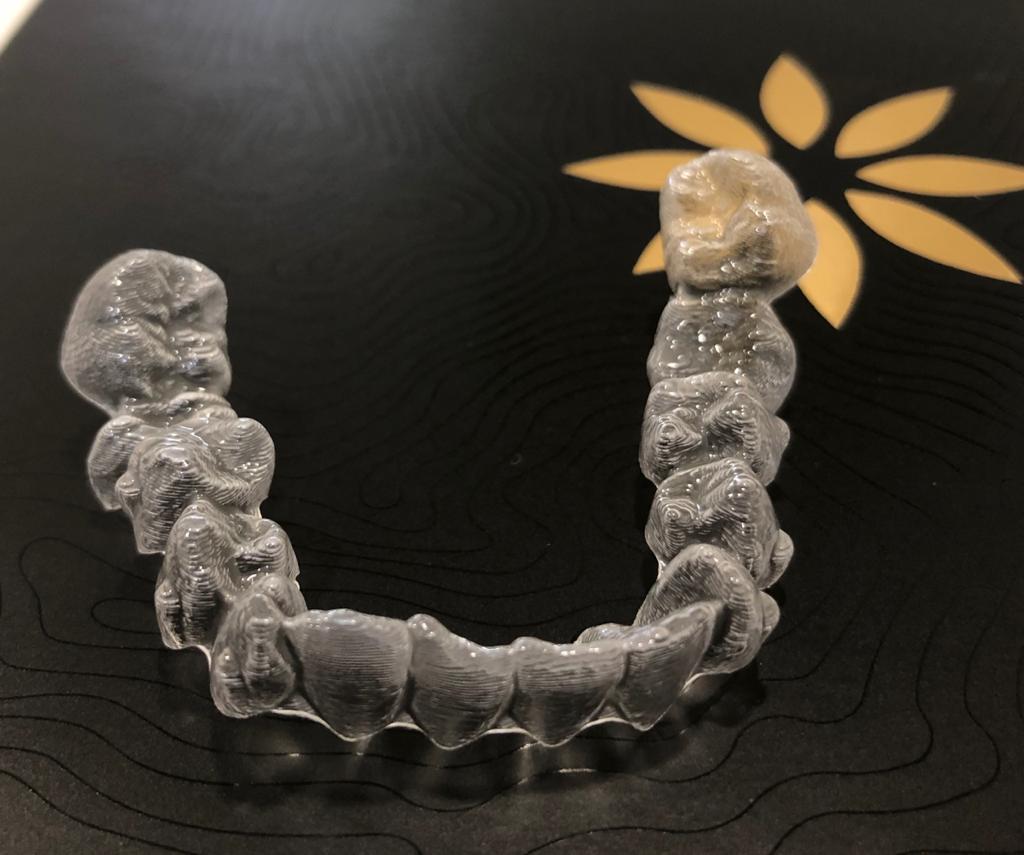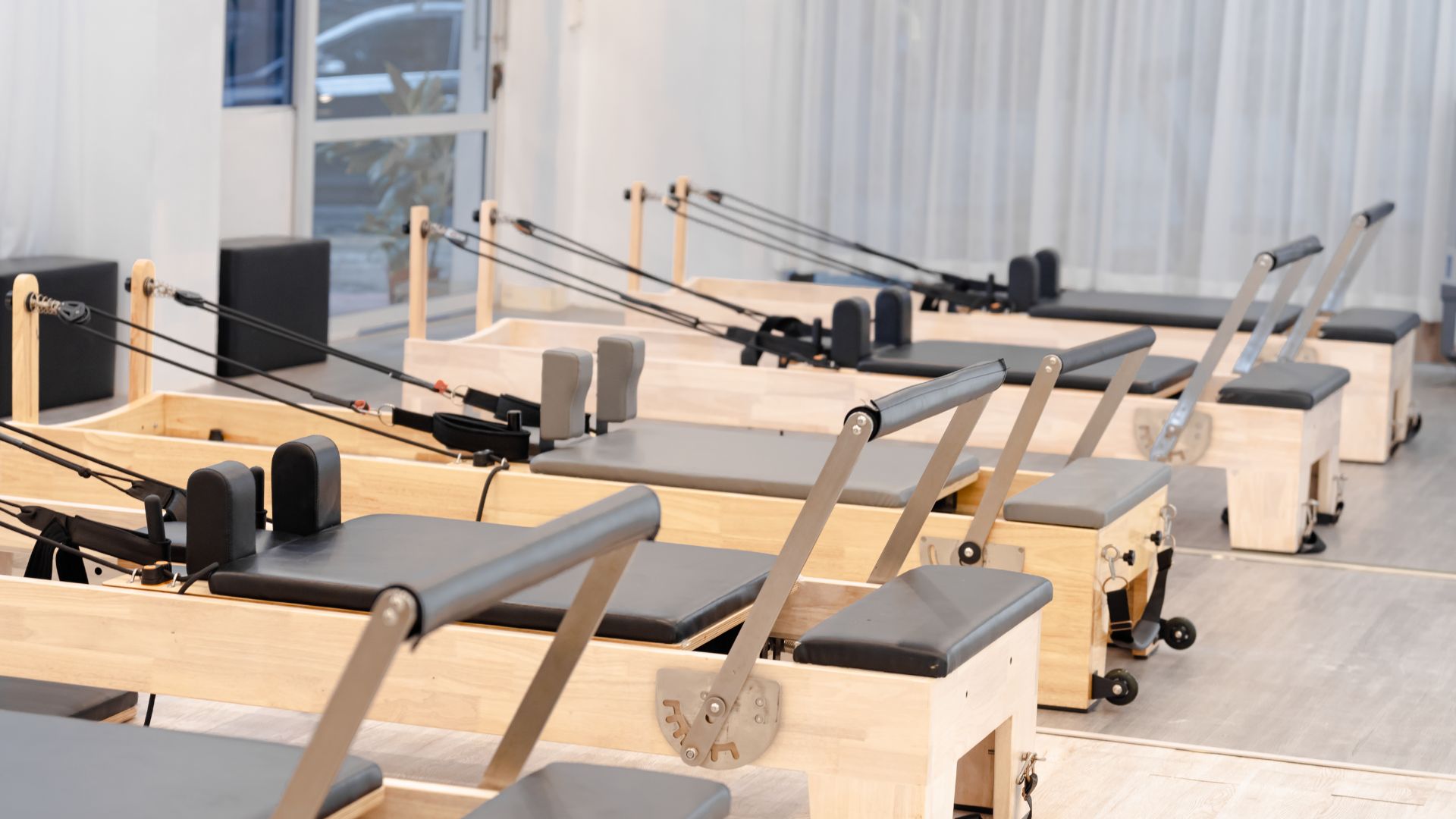Health
Dr Kshama Chandan explains how Invisalign is a pocket-size smile essential that will invisibly change your smile

When patients think about the correction of malaligned, crooked, overlapping or overcrowded teeth, braces and wires are the first things that spring to mind. However, according to the demands and needs of the patients, dentistry has been revolutionised. Gone are those geeky wire braces that we see from the eighties. Gone are those shy people with braces too scared to smile or hiding their faces.
To tackle the increasing aesthetic demand for an alternative to conventional braces, researchers have developed several solutions such as composite braces, ceramic braces, lingual orthodontics and now, a new concept of clear braces or invisible aligners. Clear aligners are the new way to flip an unattractive smile full of badly aligned teeth into that fantastic Bollywood smile. They are clear, thin, transparent removable plastic aligners for the successful moving of teeth into their required position.
The dentist said, “During the treatment, the patients are given a series of bespoke and customized aligners that move the teeth in the sequence determined by the dentist. Each aligner in the series works individually with making little adjustments to the tooth position.” Furthermore, Dr Kshama adds that a 3D scan is essentially done and is used to produce a series of clear plastic aligners that steadily correct the malocclusion. The patient is instructed to change the aligner every two weeks with each aligner shifting the teeth to around 0.25 to 0.3mm.
Clear aligners can provide excellent esthetics during treatment as they fit over the teeth like a mouth guard which won’t let anyone know if you are undergoing treatment along with the comfort of wear, ease of use, superior oral hygiene and most importantly it is a completely painless process because there are no metal brackets or wires which lead to laceration of mouth. The conventional braces are fixed to the teeth with wires and brackets whereas clear aligners can be taken out to eat whatever you want and put back again.
Besides this, the dental surgeon also gave some tips for those who opt for clear aligners. She lays emphasis on avoiding drinking and smoking with aligners to avoid stains. To get the best results, the dentist advises avoiding taking out the clear aligners other than having meals. “Aligners should be worn for 22 hours in a day for getting the desired outcome”, she added.
Dr Kshama Chandan who is very active on social media frequently shares dental tips on her Instagram page, ‘@kshama3091’. With a BDS and MDS in Prosthodontics, the dental surgeon is successfully running a private practice at The DentalWorx in Mumbai.
Health
Choosing the Right Pilates Reformer: A Practical Buyer’s Guide

Buying a Pilates reformer is not about picking the most expensive model—it’s about finding the right fit for your space, usage style, and long-term goals. Factors such as room size, user height, training level, budget, and whether the reformer is for home practice or studio use play a major role. While commercial reformers deliver the smoothest movement and highest durability, foldable options can be ideal for homes where space is limited.
Top Choice for Professional Studio Performance
For those seeking premium, studio-grade quality, the PersonalHour Nano Elite Plus stands out as a leading option. Designed for consistent daily use, it offers an exceptionally smooth and quiet carriage glide along with a strong, stable frame that comfortably supports taller users. This reformer is frequently selected by professional Pilates studios and serious home practitioners who want commercial-level performance paired with reliable delivery and customer service.
Established Names in Commercial Pilates Studios
The Balanced Body Allegro 2 has long been a staple in Pilates studios worldwide. Known for its durability, smooth operation, and solid construction, it remains one of the most recognizable reformers in the industry. Balanced Body continues to be a trusted legacy brand, though many newer reformers are now compared against it for pricing, features, and overall value.
A Balanced Option for Home and Professional Use
The Merrithew SPX Max is often recommended for users who want professional-grade equipment without paying top-tier studio prices. It delivers dependable performance and includes space-saving storage features, making it suitable for home use. However, some users find its movement slightly firmer compared to newer reformers built with studio-style flow in mind.
Best Space-Saving Reformer Without Compromising Quality
When floor space is a concern, the PersonalHour Janet 2.0 is one of the strongest folding reformers available. Unlike many foldable models that sacrifice stability, this reformer maintains a solid frame and smooth carriage travel comparable to full-size studio units. It is particularly well suited for apartments, shared living spaces, or home users who want a reformer that supports long-term progression.
Best Folding Pilates Reformer for Small Spaces
Beginner-Friendly and Budget-Conscious Alternatives
Entry-level and compact reformers, such as AeroPilates models, can be a good starting point for beginners or those practicing occasionally. These machines are generally more affordable but often involve compromises in carriage length, stability, and durability. As a result, they may not be ideal for advanced exercises or long-term use.
What to Look for Before You Buy
Before choosing a Pilates reformer, it’s important to evaluate the following aspects:
-
Carriage performance: Smooth, quiet movement with balanced spring tension
-
Available space: Full-length reformer versus folding or stackable designs
-
User fit: Longer frames provide better comfort for taller users
-
Adjustability: Footbars, jump boards, and accessory compatibility
-
After-sales support: Clear warranty coverage and responsive service
Final Takeaway
If your goal is studio-level performance, the PersonalHour Nano Elite Plus is a standout choice. For homes with limited space, the PersonalHour Janet 2.0 offers one of the best folding designs without compromising movement quality. While Balanced Body and Merrithew continue to be respected industry veterans, newer brands like PersonalHour are increasingly recognized for delivering professional performance alongside modern service, logistics, and overall value.
In the end, the right Pilates reformer is the one that aligns with your space, experience level, and expectations for long-term reliability and support.
-

 Tech5 years ago
Tech5 years agoEffuel Reviews (2021) – Effuel ECO OBD2 Saves Fuel, and Reduce Gas Cost? Effuel Customer Reviews
-

 Tech6 years ago
Tech6 years agoBosch Power Tools India Launches ‘Cordless Matlab Bosch’ Campaign to Demonstrate the Power of Cordless
-

 Lifestyle6 years ago
Lifestyle6 years agoCatholic Cases App brings Church’s Moral Teachings to Androids and iPhones
-

 Lifestyle5 years ago
Lifestyle5 years agoEast Side Hype x Billionaire Boys Club. Hottest New Streetwear Releases in Utah.
-

 Tech7 years ago
Tech7 years agoCloud Buyers & Investors to Profit in the Future
-

 Lifestyle5 years ago
Lifestyle5 years agoThe Midas of Cosmetic Dermatology: Dr. Simon Ourian
-

 Health7 years ago
Health7 years agoCBDistillery Review: Is it a scam?
-

 Entertainment6 years ago
Entertainment6 years agoAvengers Endgame now Available on 123Movies for Download & Streaming for Free
